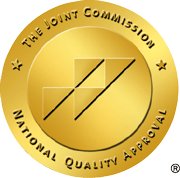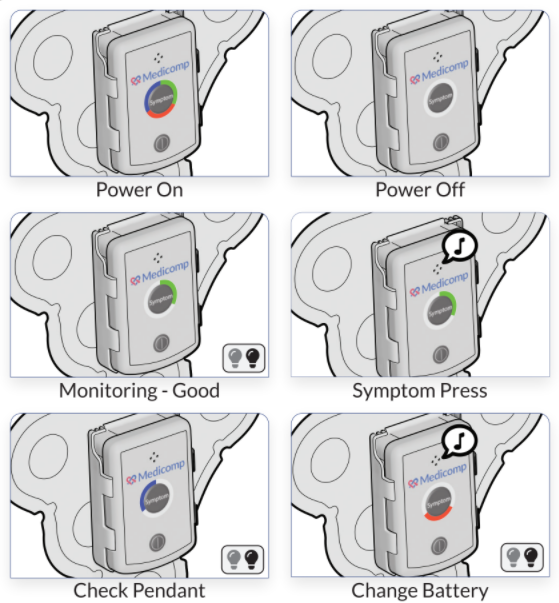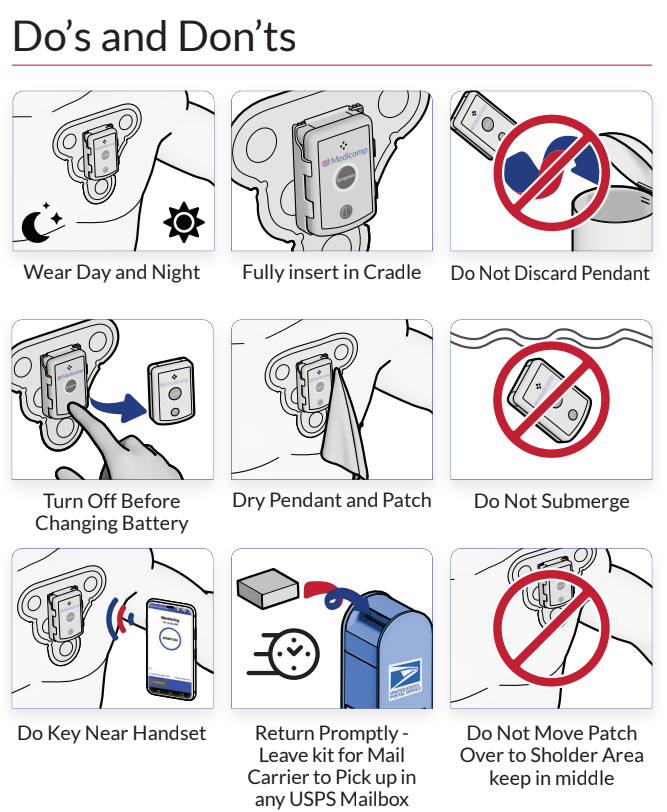Since at-risk patients have a higher chance of experiencing complications, it is especially important that they follow through with prescribed medical care. In many instances, this involves much more than just taking medication. It can also include cutting out bad habits and beginning new habits, like quitting smoking and eating right and exercising. Read on to find out how doctors can set goals with their patients and help them follow through.
Individualized Health Goals
Does the patient have bad eating habits? If so, you could assign him or her the goal of obtaining nutritional counseling the first month and cooking and preparing a set number of healthy meals per week the second month. Perhaps the patient needs to quit smoking. In that case, you may set a goal of joining a smoking cessation program the first month and continuously cutting back on the number of cigarettes consumed each month thereafter.
Physical Needs
If mobility is an issue, discuss therapy goals that specifically address methods of improving the patient’s ability to walk. Goals may start out small, such as building muscle tone so a patient can walk from the bed to the bathroom. You may also want to include the steps needed to get important equipment, like a walker or wheelchair.
Social Goals
After the physical goals have been set, you can move on to the patient’s social goals. This may include a plan to get the individual to church once a week, or to the local senior center for their monthly Bingo Night. The patient may require a new video phone in order to communicate with family who live out of state, or a device that can play audio books.
Finally, you’ll need to assess how well these goals are being met so that you can create new goals, or discuss with the patient a better way to achieve the goals that were not reached. The individual may just need more time, or a new strategy.
Taking the time to address each of the patient’s goals not only lets them know you care, but also gives them motivation to work hard at meeting those goals. ReactDx’s state-of-the-art Holter Monitoring unit is an excellent tool to use for patients who are at-risk for a stroke or heart attack. Visit ReactDx’s News & Updates page for additional advice, or give them a call at 800-234-3278.



